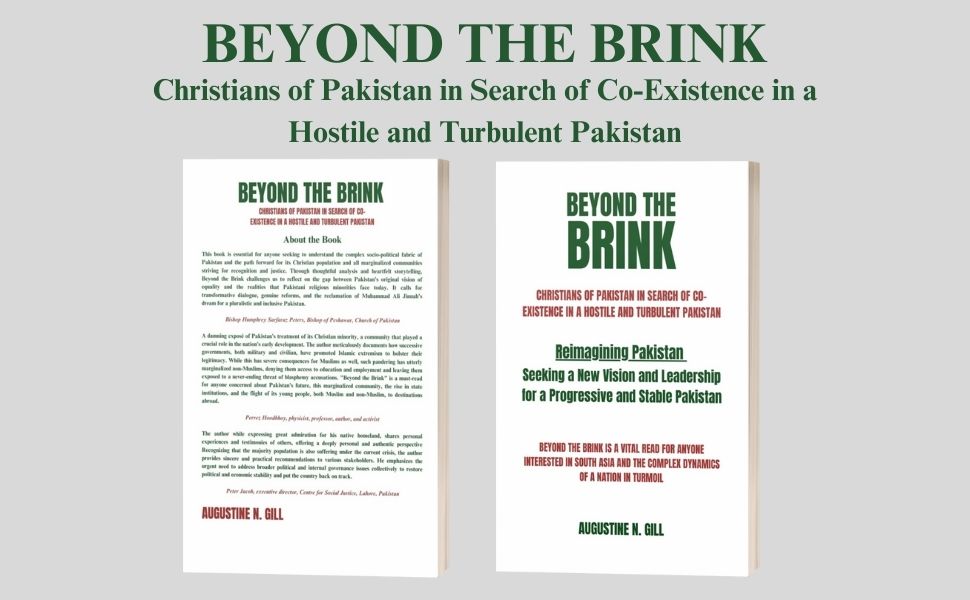
Here are key updated facts about Christians in Pakistan, highlighting their population, contributions, and the discrimination they face:
Below is a chronological overview of notable incidents of violence against Pakistani Christians, focusing on religious persecution and the misuse of blasphemy laws.
These points illustrate not only the vital services and leadership Christians provide in education, health, and public life—but also the structural and violent discrimination they suffer, highlighting both their resilience and vulnerability within Pakistani society.
Pakistani Christian Advocacy Network International is committed to advocating for religious freedom, justice, and unity for Pakistani Christians worldwide.
© 2025 PCANI. All Rights Reserved.